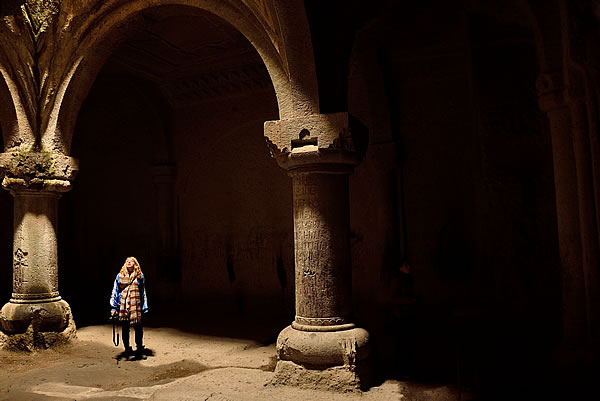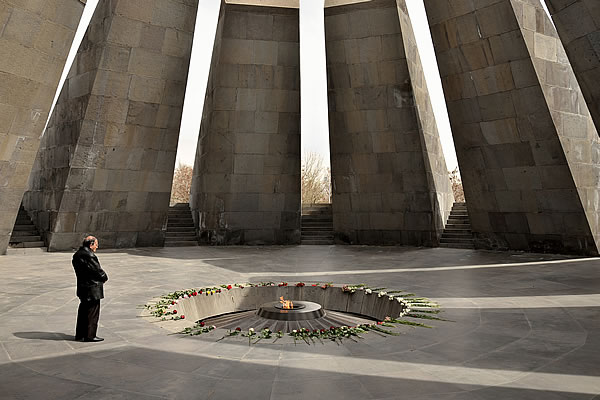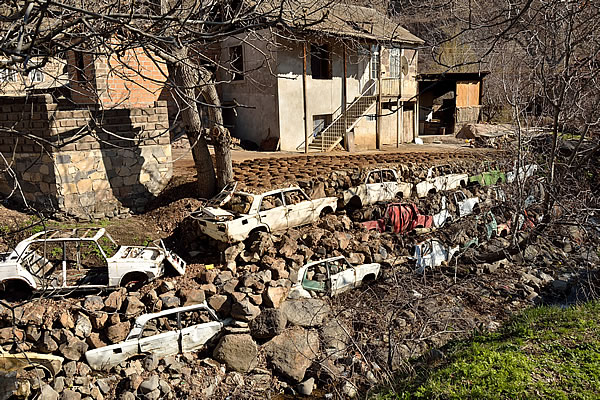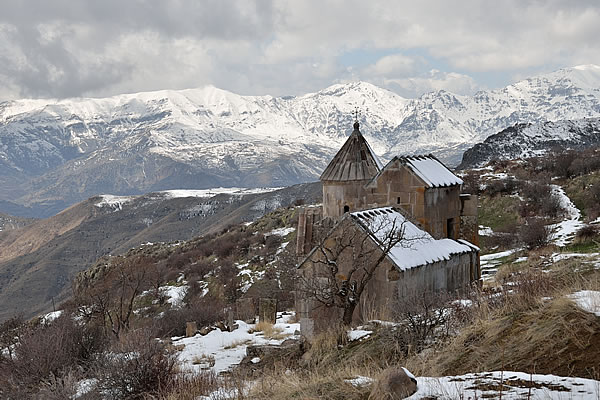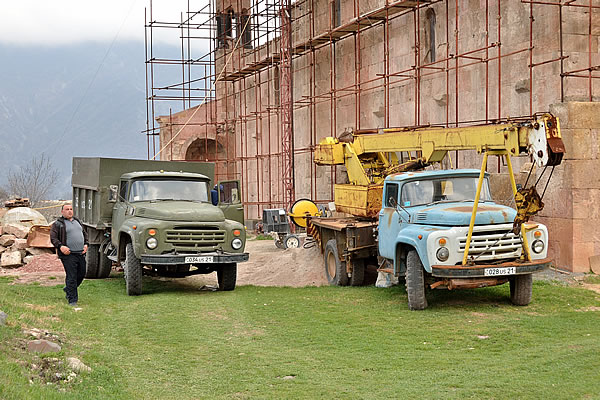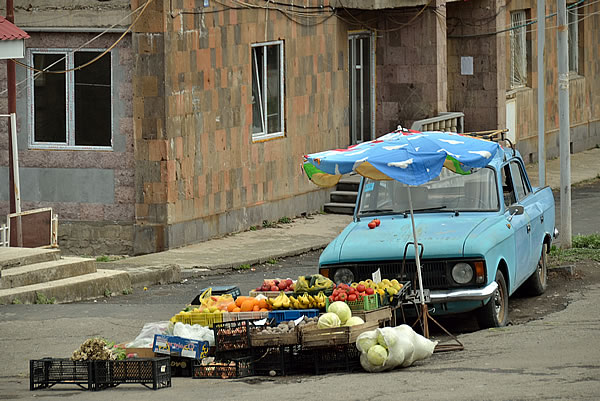Armenia is the poorest and most isolated country in the Caucasus, and perhaps for that reason we actually do not know much about it. Its neighbours, Georgia and Azerbaijan, succeed much better in letting the Soviet history behind and move forward on the path of development. Georgia’s progress is mainly the result of its pro-European course and its good relations with neighbouring countries, while Azerbaijan's development is mainly due to oil. Armenia has none of them. To the contrary, it’s very bad relations with two of its largest neighbours, Azerbaijan and Turkey, is the reason why the future doesn’t look that good for Armenia.
But Armenia is a proud country. Once a powerful empire in the region, and already adopting Christianity as the state religion in the year 301 AD, as the first country in the world, makes them even more proud. At the end of the 19th and especially the 20th century, it went completely wrong for Armenia. At that time the great Armenian empire was once long been split into a (western) part under Ottoman (Turkish) rule, and the part that is modern-day Armenia (eastern part) , which was under Russian control and later became part of the Soviet Union. The Russians had the eastern part of Armenia captured from the Persians, and the Armenians were initially happy that they were ruled again by a Christian power. The western Armenians or Ottoman Armenians, who lived under Turkish authority, also wanted more freedom, but that fight led to nothing. Between 80,000 and 300,000 Ottoman Armenians lost their lives during this struggle.
|
During the First World War it went wrong again for the Ottoman Armenians. The Ottoman Empire, allied with the Germans, was on collapsed. Some Ottoman Armenians decided to cooperate with the Russians, in the hope to get their own independent state in eastern Turkey after the defeat of the Ottomans. But the Ottoman rulers didn’t appreciate this action and drove most Ottoman Armenians from Eastern Turkey into the Syrian Desert. Around 1.5 million Armenians died during this cleansing period and according to the Armenians, this was a planned and well-coordinated action, making it a genocide The Turks do not deny the number of deaths, but they strongly deny that it was a planned genocide. And this difference of opinion is the reason for the bad relations between Armenia and Turkey.
And just before the end of the 20th century, it went wrong between Armenia and Azerbaijan, in the form of the war between the two countries for a piece of land called Nagorno-Karabakh. Nagorno-Karabakh used to be a part of Armenia, but somewhere in the 1920s, Soviet leader Stalin decided to split this part from Armenia, and make it an autonomous region in Azerbaijan. Already in the eighties of the last century, the people of Nagorno-Karabakh asked to be part of Armenia again, and when nothing happened, the Nagorno-Karabakh government declared itself independent. War broke out; initially between the freedom fighters from Nagorno-Karabakh on one side, and the Soviets and Azerbaijanis on the other side. When the Soviet Union fell apart, it became mainly a conflict between Armenia (on the side of Nagorno-Karabakh) and Azerbaijan, who got the help from Turkey. In 1994, a cease-fire was agreed, but no solution. Since that time, the two countries are the biggest enemies of each other and there is no diplomatic relations whatsoever. The hatred runs deep, also among the normal people.
|
The poor relationship between Armenia and two of its biggest neighbours is a major problem and limits the development of this small Caucasian country. Wherever you are in the two other Caucasus countries, you will see many developments, but not that much in Armenia (especially outside the capital Yerevan). Many people are poor, the industry is heavily outdated, the roads are in poor condition, and the country seems to be in a state of decay. Nothing is new in the country; with the exception of the shiny black Mafia Mercedes Jeeps (Mercedes G-Class) driven by the import barons, who make a lot of money by smuggling activities between Armenia and Turkey in particular. The capital Yerevan looks richer, but you only have to walk around in the suburbs to see that there is also a lot to do to improve the quality of life for the normal Armenians.
The hostile environment in which Armenia operates, leads to an ever further cooperation with Russia. We have literally heard Armenians say that they think that the survival of Armenia can only be guaranteed by Russia. "Without Russia's support, we will be overrun by our neighbours." Some Armenians even go further by saying that they would not mind if Armenia would become part of Russia again; something that the expansion-driven Vladimir Putin undoubtedly likes to hear.
For the adventurous traveller, this complex situation means that Armenia is a very interesting country to visit. Due to the low level of development, the country is a kind of open-air museum. If you want to experience how the Soviet Union used to look like, then you should pay a visit to Armenia. In many ways, the time has stood still here. Everything is old in this country, and many buildings are in a state of decomposition. It probably is also the country in the world where the most car wrecks can be found along the roads. People still drive massively in old Russian vehicles, with decayed brands such as Lada, Volga, Zyl, Gaz and UAZ. People are very friendly, though they often initially look dubiously. Especially the jobless young men who hang out in the streets, may sometimes look askance. This is not only because of their ' tough' look, but also the gloomy black leather jackets and tracksuits, which are still very popular here. However, a 'barev dzez' (meaning: hello), does the toughness melt away and usually puts a big smile on their face. The country is scenically beautiful. Especially the mountainous and remote south is great, with spectacular walks to remote churches and monasteries high in the mountains. All in all, Armenia is a very interesting destination in the Caucasus, and perhaps the most interesting of all.
|

